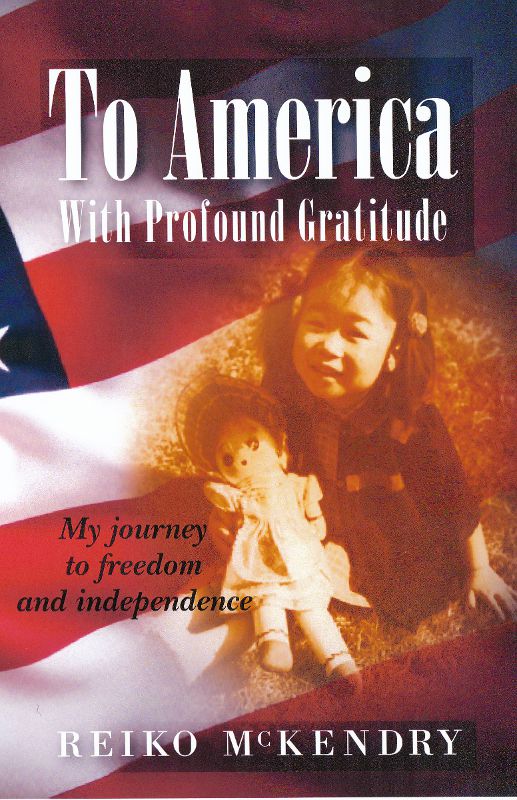Amid all the buzz since December 2016, David and I were finally able to make the time to watch the movie, “Silence,” directed by Martin Scorsese. The original book was published in 1966.
The Author
Shūsaku Endō is one of the most well-known authors in Japan. He was brought up Catholic, which is rare in that country. A total of only about 1% of Japanese are Christians of all sects combined. The swamp analogy, therefore, remains accurate even to this day.
I brought from Japan many of my favorite books by various authors. Among them are just three of Endō’s books. They are:
- “White Man – Yellow Man”
- Published in 1955.
- This is Endō’s earliest work. It introduces us to the topics about which he deeply cares.
- Kenkichi Yamamoto, another well-known author and a reviewer of this book, writes, “Endō’s subsequent books dig deeper into the questions of religion vs. lack thereof; man’s conscience vs. lack thereof; Endō’s dislike toward discrimination by both races aimed at the other; and the sense of morality vs. lack thereof.”
- “The Sea and Poison”
- Published in 1957.
- From the back cover: “Based on a horrifying true story of medical experimentation carried out on American prisoners of war, Endō questions through this novel, ‘What kind of human beings are Japanese?”
- “Foreign Studies”
- Published in 1965.
- From the back cover: “This is a story of three different Japanese who studied overseas in three different eras. One is a Catholic divinity student; another, the first Japanese ever to study in Europe in the 17th century; and, lastly, a student of French literature. Different times, yet having the same concerns. Each of them studies hard and lives his life to the best of his abilities, challenging the walls of European civilization. Yet each one crumbles in the face of absolute differences in religion, culture, and spiritual climate from that of his own.”
Although I had forgotten the specifics, no doubt I read them in my youth – long before I came to the United States – and was deeply influenced. As an adult, I have not stopped experiencing life outside of Japan and learning. I had not read Endō’s “Silence,” however. Seeing that the author is no longer with us to approve or disapprove of the outcome, the movie version makes me want to read the original book in Japanese – to see how closely it followed the original script.
Historical Backdrop
Christianity has played, and continues to play, a major role in the history of mankind. Think about it. Without putting much thought whatsoever, most of us readily use the term BC (Before Christ) and AD (Anno Domini, or “in the year of the Lord”) to identify historical timeline.
European colonization of Africa and Asia started in the 1400s AD; and of the Middle East, 1600s AD. Notably, each colonization was preceded by the spread of Christianity, in the name of “saving” the souls of the indigenous people.
Based on archaeological evidence, Japan’s history goes back approximately 5,500 years. In other words, she came into existence roughly 3,500 years BC, and has existed just fine on her own, long before Christianity came into existence. Japan’s monarchy, the oldest in the world, dates back to 660 BC. Japan has its own religion, 神道 (Shintō), whose literal translation is Divine Ways. Shintōism has been in existence since the 500s BC. It coexists harmoniously with Buddhism, which was introduced to Japan in the 500s AD. Japan had no problem accepting Buddhism into the country because it was accompanied by no ulterior motive other than the religion itself for spiritual enlightenment.
Japan, to the best of my knowledge, is the only Asian country that escaped European colonization. This, of course, did not happen by accident. Observing what was happening in the rest of Asia, in 1635, Japan’s then government chose to close its doors to the rest of the world. Thereafter, the country remained closed for over 200 years.
The event depicted in the movie, Silence, took place in 1670, only 35 years into that period during which Japan remained vigilant about keeping out 外人 (gai-jin), which literally translates to outside persons, or foreigners, who do not belong on the inside.
Question: What would you do if you were governing the country and observing (1) neighbor-ing countries being colonized one after another, (2) the method being used to do so is through first converting the desperate and downtrodden into adopting Christian faith and (3) ultimately, the natives en masse being forced into becoming servants, or worse, slaves to the colonizers?
In Conclusion
At the end of the movie, if you felt that the “swamp” analogy did not quite explain fully as to WHY Christianity has never taken root in Japan, hopefully, the historical backdrop, explained above, makes it crystal clear.

